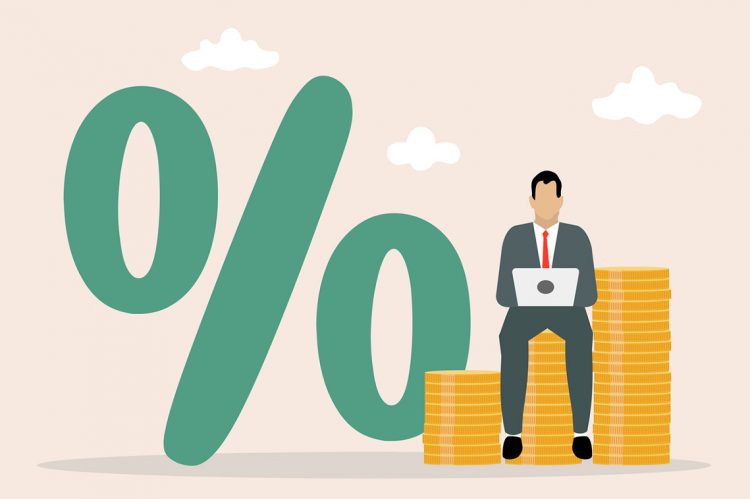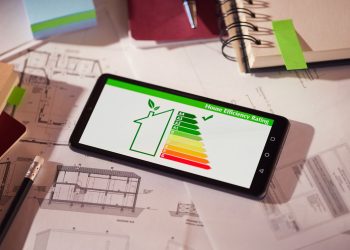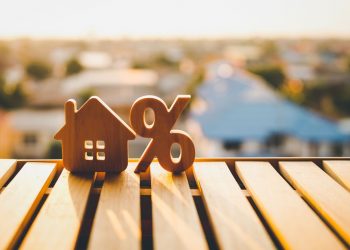There’s still a way to go before the Federal Reserve gets inflation under control. However, the signs of progress continue to come in as personal consumption expenditure (PCE) inflation—the Fed’s preferred measurement—also shows signs of deceleration.
New data released by the Commerce Department on Friday show that PCE dipped 0.2% last month, marking the second consecutive month of declines after recording a modest drop of 0.1% in November.
Friday’s PCE index reading shows another sign of a slowing economy, as Wall Street Journal reports also acknowledged that core PCE recorded its slowest growth rate since October 2021.
Core prices—everything except volatile food and energy—rose 4.4% in December from a year earlier—its slowest pace since October 2021.
The dip in overall PCE was mainly due to a decline in spending on goods despite a significant uptick in spending on services—which housing is a part of and served as one of the most significant contributors. The report indicates that dips led to decreases in goods in gasoline prices.
Annually, the report showed that PCE rose 5% in December compared to a year ago, following a 5.5% YoY increase in November.
Economists wasted little time weighing in on Friday’s data. Reacting to the report on Twitter, Harvard economics professor Jason Furman said, “Overall, inflation is moderating, but it is likely to be faster over the next few months than the last few. And most underlying measures are still well above the Fed’s target. More work to do!”
Inflation remains more than double the 2% benchmark the Fed seeks to obtain as it maintains its interest rate hikes this year. Though it’s uncertain how the Fed will respond during its February meeting, recent New York Times reports suggest that Fed officials are considering making smaller rate adjustments than it has in recent months.
With the Fed set to meet for the first time this year in just a few days, officials have offered their insight into inflation and how the Fed could respond.
In an interview with the Wall Street Journal earlier this month, Mary Daly, president of the San Francisco Fed, said she was currently anticipating inflation to fall into the “low 3%” range by the end of this year, reaching the Fed’s target of around 2% by the end of 2024.
She indicated that an interest rate hike between 25 and 50 basis points was on the table.
Susan M. Collins, president of the Boston Fed, said she was leaning more toward the former in an interview with the New York Times.












